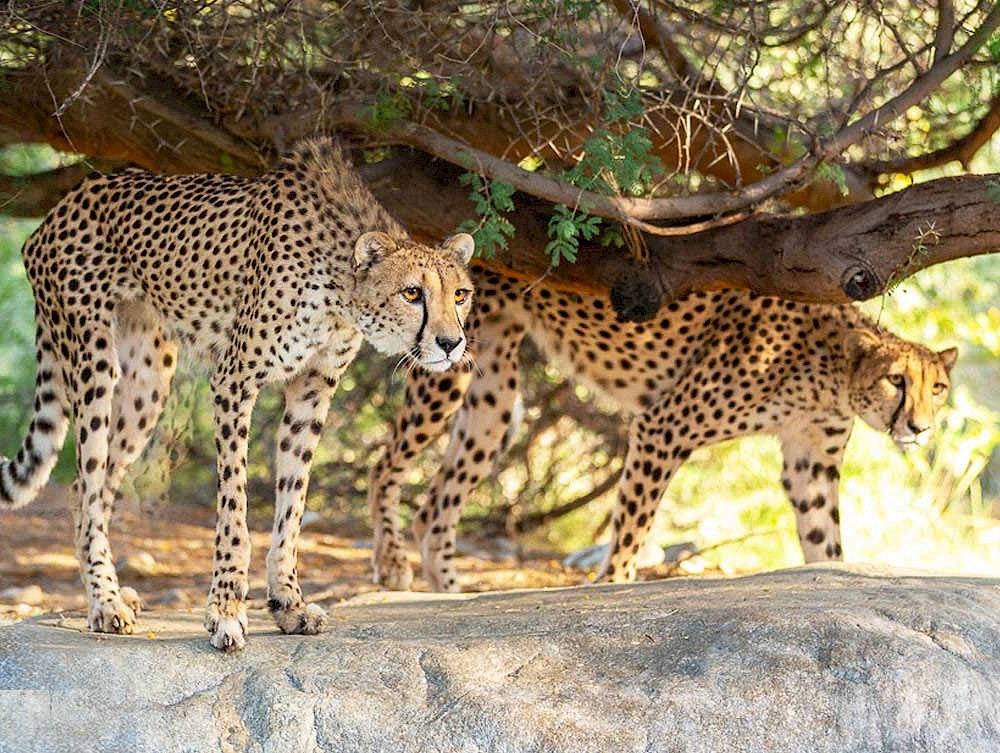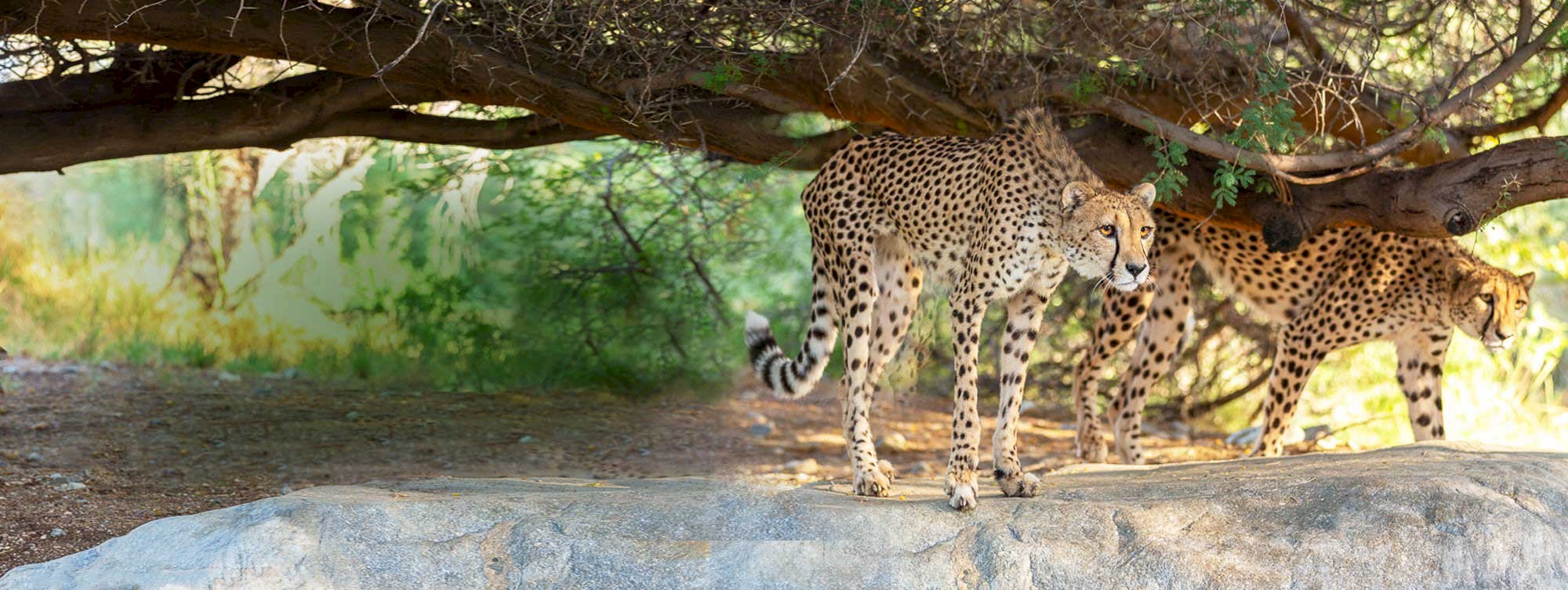Reducing Rancher-Predator Conflict
November 5, 2019
In my last post, I discussed how climate change is already manifesting in many desert locations, and here in Botswana in particular. As a general rule, dry areas will get drier with climate change, including in Southern California as well as here in Botswana.
Currently, the flood of water that comes south from Angola that normally creates the Okavango Delta has failed this year for the first time in about 3 decades. This has led to a massive crisis among all, with wells drying, crops failing, and livestock dying. I have seen about a dozen dead cattle or donkeys in fields as we have been moving about. This aridity forces humans and wildlife into regular contact, as both crowd around the few remaining water sources.
Inevitably, the shortage of water increases human-wildlife conflict. In Botswana, one of the main conflicts is between ranchers (farmers in the local parlance) and carnivores. I was lucky enough to work with 10 different conservation organizations at the social science training workshop I led last week. These organizations are really making a difference in reducing human-wildlife conflict where they work.
Around half of the 10 organizations directly addressed rancher-carnivore conflict, each in their own way. Some trained and deployed livestock guarding dogs (our long term collaborators at Cheetah Conservation Botswana and also the Cheetah Conservation Fund in Namibia both do this skillfully), some addressed the separation fence keeping wildlife off lands that are dedicated to livestock (the focus of the Botswana Ministry of the Environment and collaborators), and the last category was focused on creating sturdy protection for livestock.
This last category is the focus of Wild CRU (Conservation Research Unit). My long drive north with them through Chobe National Park (detailed in my last post) brought me to one of their main field sites here in a group of communities collectively called the Chobe Enclave. Wild CRU is focused in lion conservation and does so by essentially eliminating rancher-carnivore conflict using what they call permanent kraals.
Traditionally, the overnight livestock pens, or kraals, were made of whatever was around, including acacia bushes, poles, wire, or whatever else. These traditional kraals are of minimal effectiveness in deterring lions, cheetahs, African wild dogs, and other predators from killing livestock.
The "permanent kraals" of Wild CRU are another matter altogether! These are some of the sturdiest constructions in the village. I should know because I spent this morning helping to construct one! The posts are made of African hardwood, which must be the densest material around. The posts and poles are at least as dense as mahogany or any other tropical hardwood, as even the slightest poles were much heavier than they looked. Fortunately, the earth we dug in was like compacted beach sand - an easy enough substrate that almost made up for the energy spent moving the heavy poles.
In the one morning that I worked with Mubuso, Andrew, Antony, and Jess from Wild CRU, we were able to dig all the postholes (about 28 postholes) and move and install all 28 posts. They are a whirlwind of productivity!
My hope is that this set of solutions: permanent kraals, livestock guarding dogs, and well-maintained fences will help reduce rancher-carnivore conflict. Climate change and the increasing likelihood of droughts it brings will bring humans and wildlife together. As such, we need to do all we can to further coexistence.
I am pleased to have contributed a tiny amount today to helping to address this huge challenge. Every little bit helps.
Hope you are well.
Yours in Conservation
Dr. James













